Sawtoothed Aucuba Serratifolia – 3 Gallon Pot
$79.97 Original price was: $79.97.$55.98Current price is: $55.98.
SKU: D2LSC 4816241437 Categories: HOUSEPLANTS, PLANTS & TREES
- Shop with ease, buy with confidence.
- Safe and Secure Payments, Always
- Prompt service, every time.
- Fast, friendly, always here to help.

Sawtoothed Aucuba
Aucuba japonica ‘Serratifolia’
Plant Details
USDA Plant Hardiness Zones: 7a-9b Find Your Zone
Plant Type: Evergreen Shrub
Height at Maturity: 5-7′
Width at Maturity: 5-7′
Spacing: 4′ apart for solid hedges; 10’+ for space between plants
Growth Habit / Form: Dense, Mounding, Upright
Growth Rate: Moderate
Flower Color: NA
Flower Size: NA
Flowering Period: NA
Flower Type: NA
Fragrant Flowers: NA
Foliage Color: Dark Green
Fragrant Foliage: No
Sun Needs: Shade or Mostly Shade, Morning Sun with Afternoon Shade
Water Needs: Low Once Established
Soil Type: Clay (Amended), Loam, Sand, Silt
Soil Moisture / Drainage: Well Drained Lightly Moist, Well Drained Dry
Soil pH: 6.0 – 7.5
Maintenance / Care: Low
Attracts: Visual Attention
Resistances: Deer – more info, Disease, Drought, Dry Soil, Heat, Heavy Shade, Insect
Description
A handsome, tough and easy-to-grow evergreen shrub that will bring outstanding bold texture to the shade or woodland garden, the Sawtoothed Japanese Aucuba sports shiny, very dark green, leaves that are toothed around the edges and much longer than are typical on other Aucuba varieties. The one-of-a-kind bold foliage contrasts wonderfully with blue, golden and variegated hosta lilies, perennial ferns and just about any other shade-loving plants.
Landscape & Garden Uses
Growing 5 to 7 feet tall and wide and thriving in dense shade to part shade, the Sawtoothed Aucuba is ideal for use as an accent, in groupings, or as a natural hedge in home foundation plantings, under the canopies of large shade trees, and in other shady areas. A fine addition to the shade or woodland gardens, tropical look garden, perennial shade gardens, rock gardens, and Xeriscape gardens (low water needs). You can also grow this flashy beauty year-round indoors as a houseplant!
Suggested Spacing: 4 feet apart for solid hedges; 10 feet or more apart for space between plants
Note: For our customers who live and garden north of USDA Plant Hardiness Zone 7a, where this Aucuba variety is not winter hardy outdoors, you can enjoy it as a year-round houseplant or in containers that can be moved indoors during winter and placed back outside when temperatures warm up in spring.
Growing Preferences
Aucuba are very easy to grow and low maintenance plants tolerant of most any moist to somewhat dry well-drained soil and are exceptionally drought tolerant when established. Aucuba thrive in the shadiest of spots, even under the canopies of large trees and under tall decks where grass and many other plants are difficult if not impossible to grow, but will also tolerate morning sun. Direct afternoon sun can scorch or discolor the leaves. Exceptionally low maintenance though plants can be pruned for shaping purposes or to control size.
Helpful Articles
Click on the link below to find helpful advice from our experts on how to plant, prune, feed and water Aucuba plants.
How To Plant & Care For Aucuba Plants
Plant Long & Prosper!
Meet The Wilson Brothers & Staff
Questions? Contact Us!
A beautiful 3-gallon pot-grown plant, exactly as advertised, and very healthy. I was much impressed with the packaging. I’ve never received a plant by mail order from any other nursery that was as cleverly and securely packaged to assure its arrival in perfect condition. I suspect it was handled carefully by the shipper, but even if it had been thrown around carelessly, I believe the ingeniously designed packaging would have protected it from any damage. It has a robust root system. After a couple of weeks it’s still settling in and probably putting most of its energy into expanding its roots. The leaves and branches haven’t started expanding but they’re vibrant and healthy looking.
I’m a native plant aficionado, but it’s hard to resist the beauty of Aucuba japonica cv. ‘serratifolia’ with its unusual tolerance, especially for an evergreen shrub, of shady, dry conditions. As far as I know, Aucuba japonica has not been identified as an invasive threat anywhere in North America, although it has been reported as escaped to the wild in one county in Washington State and two in North Carolina. I’m not a fan of weird mutants like the more popular variegated-leaved cultivars of Japanese laurel. The cv. ‘serratifolia’ is not such a freak of nature, and so it goes well with my garden, which has hundreds of species of wild-type, locally indigenous trees, shrubs and perennials.———————–WBG Reply: Hi Roger, Thanks so much for taking the time to provide your review of the Sawtoothed Aucuba. We are so glad you are pleased and we hope you enjoy it for years to come!
Beth Steele | Wilson Bros Gardens
I’m a native plant aficionado, but it’s hard to resist the beauty of Aucuba japonica cv. ‘serratifolia’ with its unusual tolerance, especially for an evergreen shrub, of shady, dry conditions. As far as I know, Aucuba japonica has not been identified as an invasive threat anywhere in North America, although it has been reported as escaped to the wild in one county in Washington State and two in North Carolina. I’m not a fan of weird mutants like the more popular variegated-leaved cultivars of Japanese laurel. The cv. ‘serratifolia’ is not such a freak of nature, and so it goes well with my garden, which has hundreds of species of wild-type, locally indigenous trees, shrubs and perennials.———————–WBG Reply: Hi Roger, Thanks so much for taking the time to provide your review of the Sawtoothed Aucuba. We are so glad you are pleased and we hope you enjoy it for years to come!
Beth Steele | Wilson Bros Gardens
Be the first to review “Sawtoothed Aucuba Serratifolia – 3 Gallon Pot” Cancel reply
Related products
Sale!
PLANTS & TREES
Sale!
PLANTS & TREES
Sale!
NATIVE PLANTS
Sale!
GROUNDCOVER PLANTS
Purple Wintercreeper – Euonymus Fortunei Coloratus – 10 Pack Of Pint Pots
Sale!
GROUNDCOVER PLANTS
Pink Lily Of The Valley (Convallaria Majalis ‘Rosea’) – 1 Gallon Pot
Sale!
PLANTS & TREES
Sale!
PLANTS & TREES
Sale!



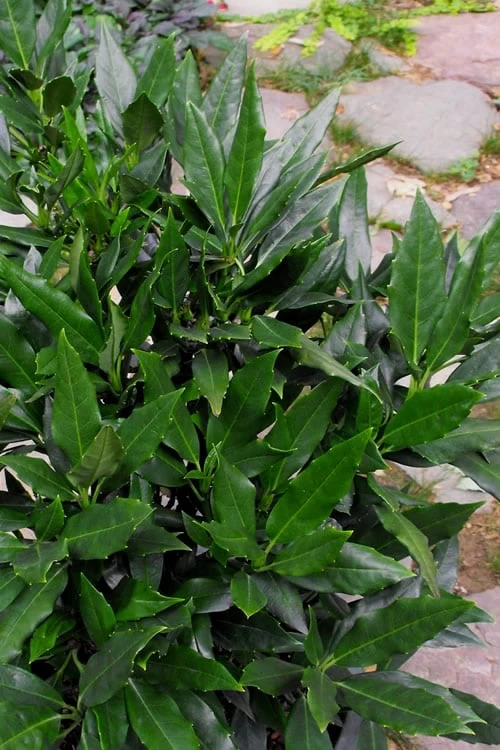


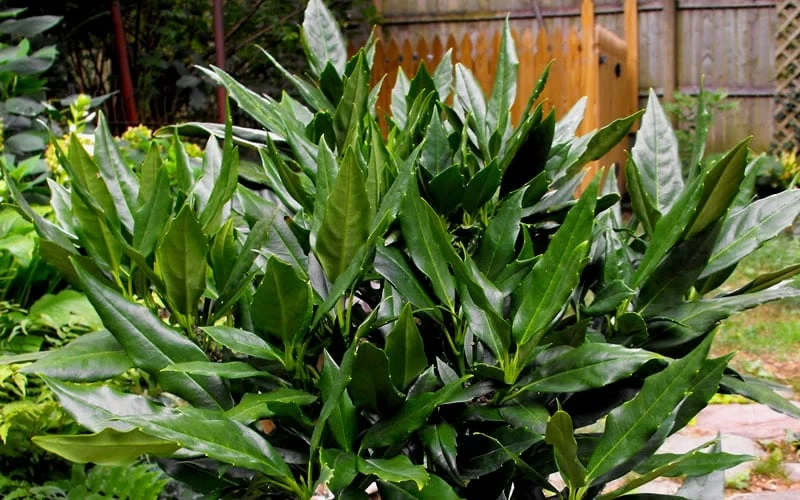
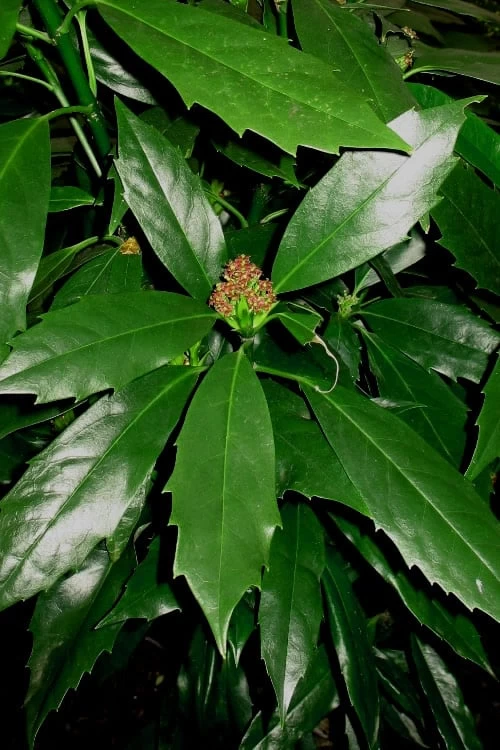
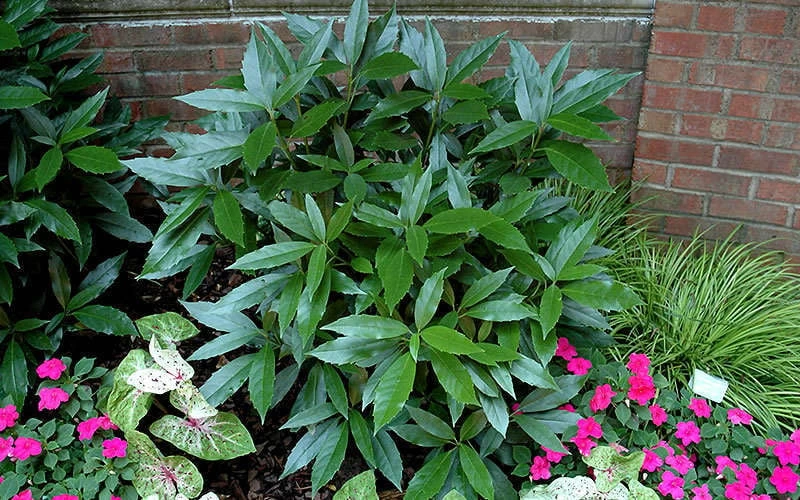




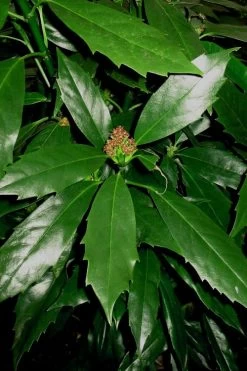

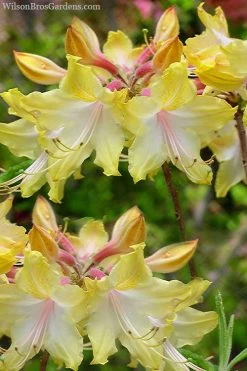



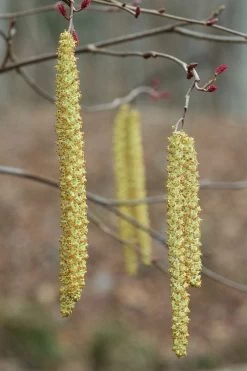

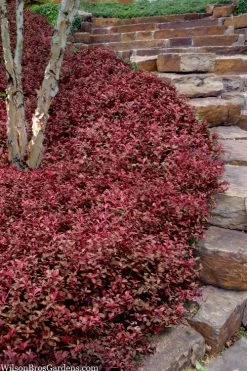

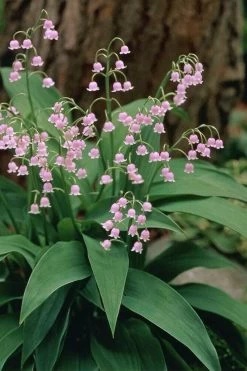



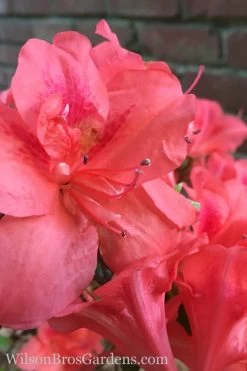

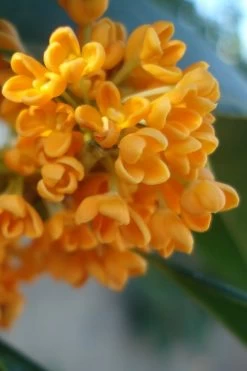

Reviews
There are no reviews yet.